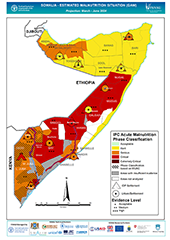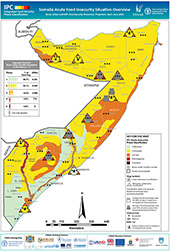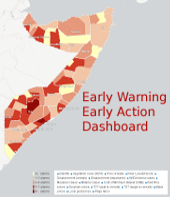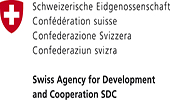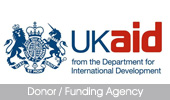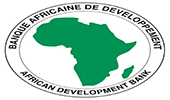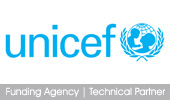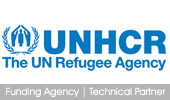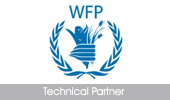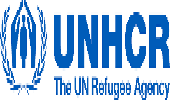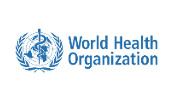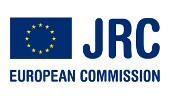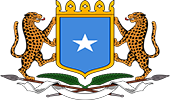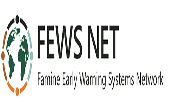Quarterly Brief June 2017- Focus on Post Gu Season Early Warning
Issued: July 17, 2017
Highlight and key messages:
Based on ongoing monitoring and the findings from rapid field assessments and household surveys conducted by the Food Security and Nutrition Analysis Unit (FSNAU) in June 2017, current food security outcomes and humanitarian needs are expected to persist in most parts Somalia through the end of 2017. In some pastoral and agropastoral livelihoods which cover parts of Mudug, Galgadud, Gedo, Middle Shabelle and Lower Shabelle regions, food security outcomes are actually expected to deteriorate through the end of the year. A robust level of humanitarian assistance must be sustained as humanitarian needs are not expected to reduce significantly before the end of the year. The projected food security outcome do not reflect the potential impact of humanitarian assistance that may be provided during the projection period. However, if current level of humanitarian assistance is scaled back significantly and rising levels of morbidity and disease outbreaks are not controlled, Famine (IPC Phase 5) is possible in the worst affected areas.
- The Gu rains started late April and ended early in May instead of June in most of the country except Juba and some parts of Bay and Lower Shebelle, and the temporal distribution was erratic.
- Pasture and water condition improved in most of the parts of the north, Juba regions and large parts of Bay and Shebelle regions, while other areas pasture, browse and water are below average to poor, particularly most of central regions, large parts of the southern regions and parts of northern regions
- Livestock herd sizes have reduced substantially due to the impact of the prolonged drought and recovery is expected to take at least two consecutive seasons of good rainfall.
- As a result of below average Gu rains, pest infestation and reduced area cultivated, overall cereal production is expected to be 50-60 percent of average.
- Data from UNHCR indicates continuation of drought related displacement that started in November 2016. Between January and June 2017, an estimated 662 000 people (81% of the total displaced during this time period) have been displaced due to drought and drought related factors. The continuous arrival of newly displaced population have contributed to the worsening of food security and nutrition in IDP settlements such as Baidoa and Mogadishu.
- Results of nutrition surveys conducted by FSNAU indicate a Critical nutrition situation (Global Acute Malnutrition (WHZ) prevalence 15% or higher) in 9 out of 12 IDP settlements. The persistence of Critical levels of acute malnutrition in many IDP settlements and the current nutrition situation among Mogadishu and Baidoa IDPs indicate a deepening of the humanitarian crisis.
- Despite ongoing and scaled up efforts AWD/cholera outbreak in Somalia has not yet been brought under control. According to data obtained from the Ministry of Health and WHO covering the period from January 1 to June 18, 2017, a cumulative total of 53 015 suspected AWD/cholera cases and 795 deaths have been recorded across Somalia. The number of AWD cases and deaths this year represents a significant increase compared to the same period in 2016.
- Humanitarian assistance has been scaled up significantly between February and June, increasing from just over one million in February 2017 (equivalent to 36 percent of the number of people in IPC 3 or higher) to nearly 2.4 million in June 2017 (equivalent to 74 percent of the number of people in IPC 3 or higher). The scaling up is likely to have prevented further deterioration in the food security situation in well served areas. However, access to humanitarian assistance remains a challenge in many rural parts of central and southern Somalia.
The full brief can be accessed through the following FSNAU website link: FSNAU Food Security and Nutrition Quarterly Brief – June 2017.
